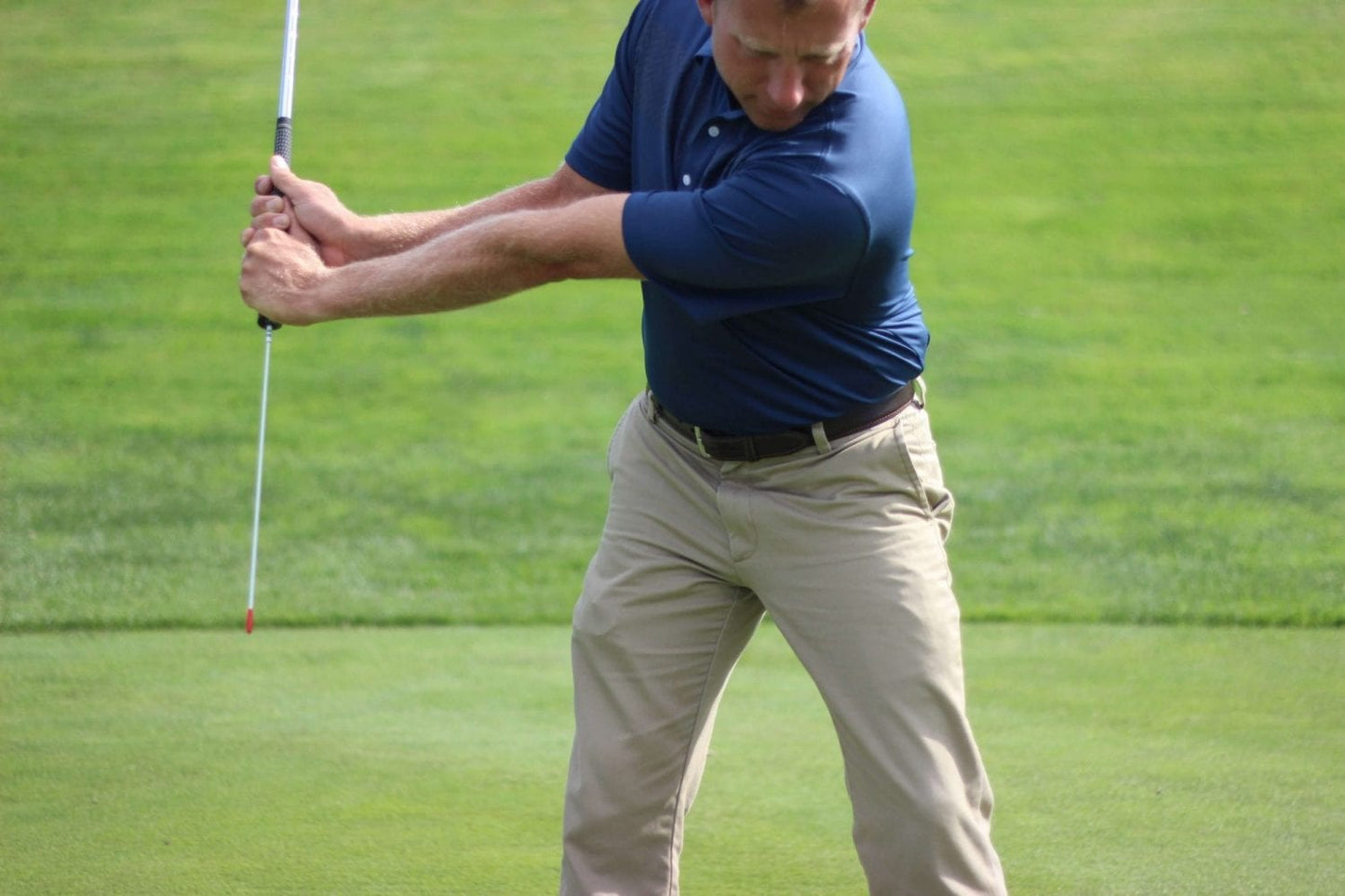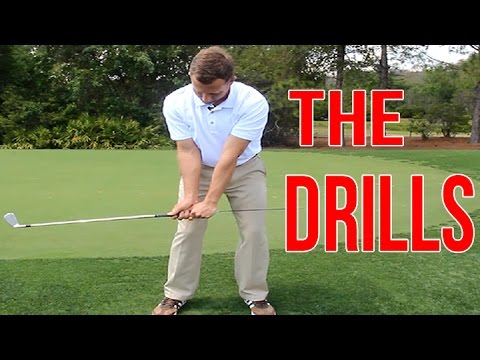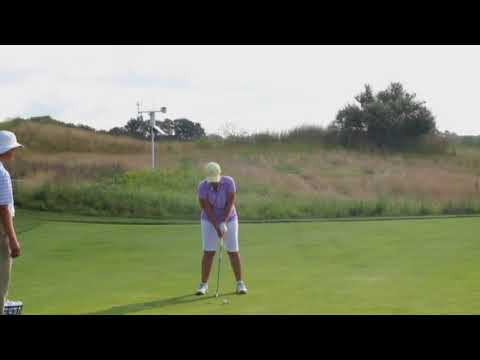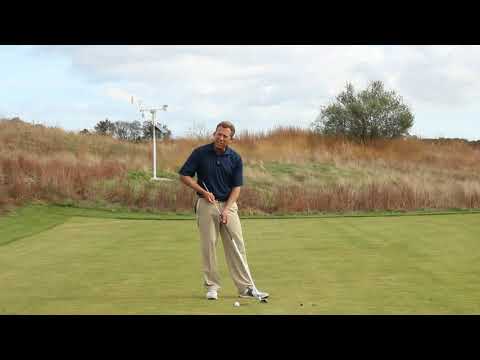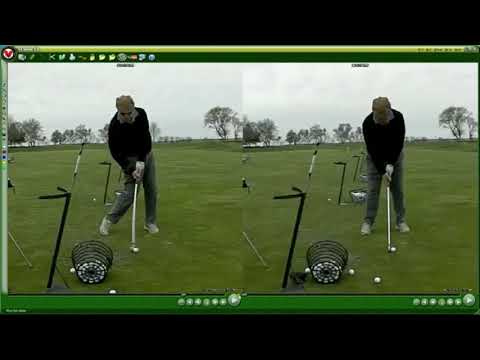Lag Stick Golf Swing Training Aid
Lag Stick Golf Swing Training Aid
Regular price
$29.95 USD
Regular price
Sale price
$29.95 USD
Unit price
per
Couldn't load pickup availability
Learn to feel and see how great ball strikers attack the ball. With the use of the Lag Stick, you can put yourself in a position to strike the ball with a large amount of lag while swinging the club on plane. The Lag Stick will help you produce a straight compressed shot every time.
Use The Lag Stick in any one of your clubs
The Lag Stick can be used in your driver to the lob wedge
Hit balls while using The Lag Stick
Receive instant feedback while practicing
Feel and See how to be a consitent ball striker
- Divot after the ball
- Compression
- shaft lean
- back spin
- master the sand
- lower scores
What is Lag?
- Simply put, lag is a source of leverage and is one of the most important factors of speed in the golf swing.
- Lag is the ability of the golfer's clubhead to stay behind the hands in the downswing and into the proper release point of the swing.
- Creating lag is the hidden move in the golf swing that ALL powerful hitters have, turning a seemingly smooth and rhythmic motion into impressive clubhead speed
Improve your game instantly
- Maximize distance
- Makes your swing much smoother and more efficient
- Creates forward shaft lean for tons of compression
- Helps you take a divot after the ball
- Produces more spin to golf shots (backspin with iron shots into the green)
- Makes the ball sound like it is coming out of a cannon when you hit it
